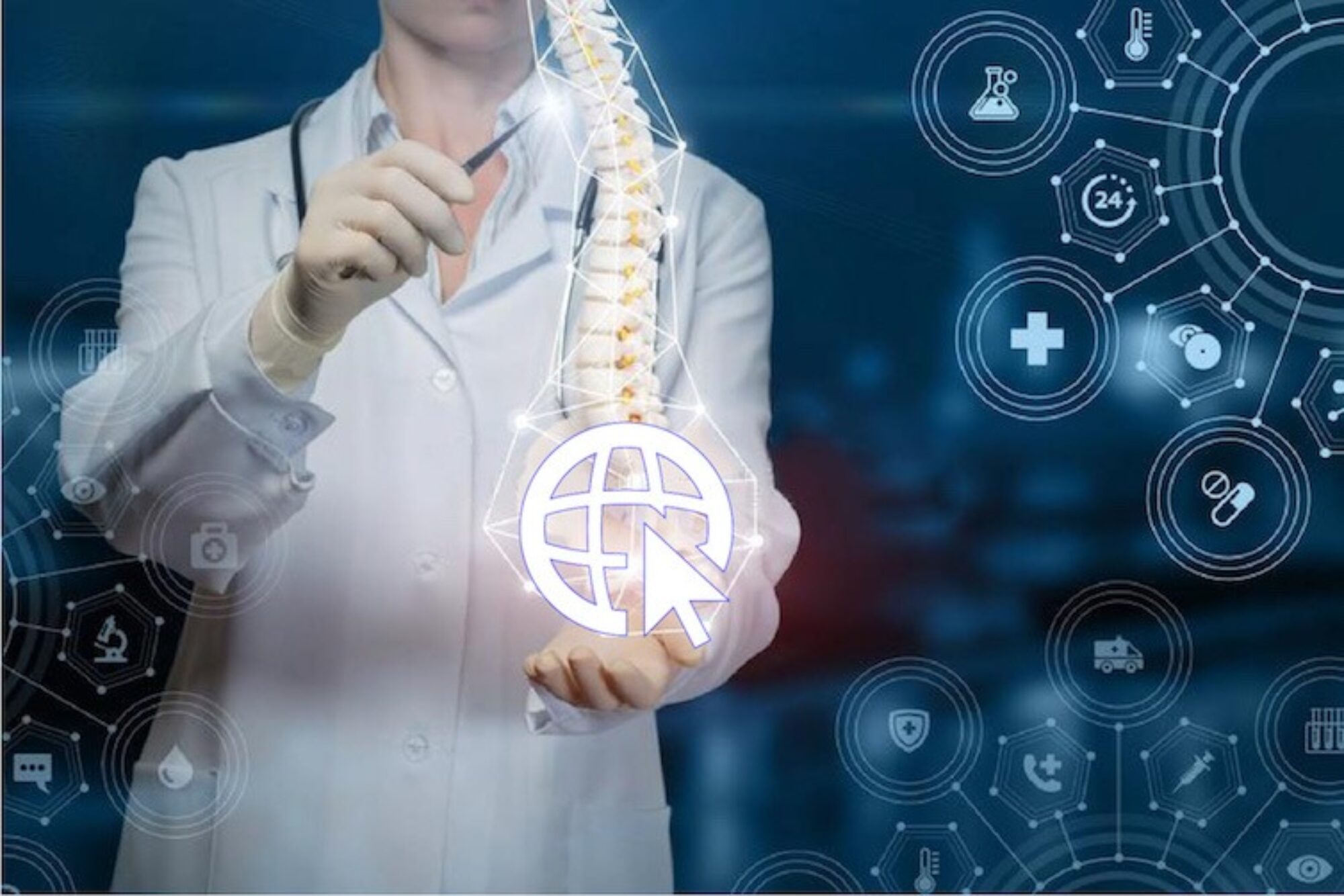Errors in Radiology Reporting – Why 2nd and 3rd Opinions by CCI Specialists Matter
1.) Disagreement rates 20% – 40%
“Disagreement among physicians is an integral part of medicine. Interestingly, disagreement rates are remarkably consistent across the decades for different types of image evaluations, across medical specialties and different technologies, falling between 20% and 40%”. (2021) Reference
An article from Ireland states: “Radiologist reporting performance cannot be perfect, and some errors are inevitable…. and radiologist errors occur for many reasons, both human- and system-derived.”
2.) Does where a patient obtains his/her MRI examination and which radiologist interprets the examination matter.
A “study found marked variability in the reported interpretive findings and a high prevalence of interpretive errors in radiologists’ reports of an MRI examination of the lumbar spine performed on the same patient at 10 different MRI centers over a short time period. As a result, the authors conclude that where a patient obtains his or her MRI examination and which radiologist interprets the examination may have a direct impact on radiological diagnosis, subsequent choice of treatment, and clinical outcome”. Reference
3.) The Right Tool for the Right Job
“Medical imaging may be done for many reasons: screening patients at risk for a disease, reducing uncertainty about a diagnosis to reassure patients and caregivers, assisting with decisions about care choices, assessing treatments and prognoses and/or guiding surgery or other interventions.
Deciding which is the best tool (or tools) to use in each of these contexts for different patients is challenging, particularly given the ongoing evolution of imaging technologies, research evidence and practice patterns. Often, a particular type of imaging is of obvious, undisputed value for some groups of patients or types of research.
Other cases are less clear. For example, although the capabilities of MRI and CT differ for specific applications, there are areas where the modalities overlap. While both CT and MRI may be used to scan the head, benefits and risks differ”. According to the Canadian Institute for Health Information, Medical Imaging in Canada, 2007 (Ottawa, Ont.: CIHI, 2008), Reference
Our Consultant Radiologists recommend: Both MRI Cervical Spine and Craniocervical Junction to visualize soft tissues; combined CBCT/CT of the Cervical Spine and CCJ to visualize bony structures and obtain accurate measurements is important when investigating craniocervical instability. Dynamic imaging in neutral, flexion and extension is superior to static imaging.

